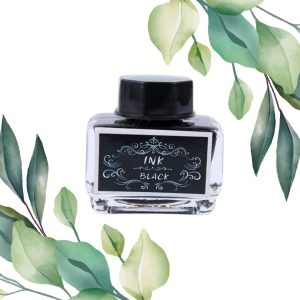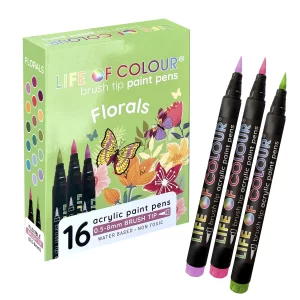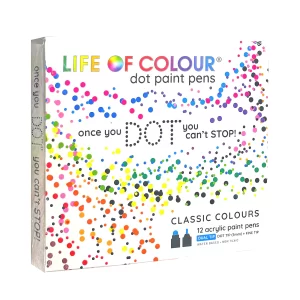Acrylic drawing ink is a versatile medium that can be used for various artistic purposes. Here are some common applications:
- Drawing and Illustration:
- Use acrylic drawing ink for traditional drawing and illustration work. Its fluid consistency allows for smooth lines and detailed work.
- It can be applied with brushes, pens, or other drawing tools, providing flexibility in line thickness and style.
- Painting:
- Mix acrylic drawing ink with water to create watercolor-like effects. This is especially useful for transparent washes and layering.
- Apply the ink with a brush or dip pen to create vibrant and saturated paintings.
- Calligraphy:
- Acrylic drawing inks are often used in calligraphy due to their intense colors and smooth flow. They can be used with dip pens, brush pens, or other calligraphy tools.
- Mixed Media Art:
- Combine acrylic drawing inks with other mediums such as acrylic paint, watercolor, or colored pencils to create mixed media artworks with diverse textures and effects.
- Ink Washes:
- Dilute the acrylic drawing ink with water to create ink washes. This technique is useful for creating gradients, shadows, and subtle variations in tone.
- Pen and Ink Techniques:
- Acrylic drawing inks work well with pen and ink techniques. Use them with nib pens, technical pens, or fine liners to create intricate and detailed drawings.
- Craft Projects:
- Incorporate acrylic drawing inks into various craft projects, such as handmade cards, scrapbooking, and other paper crafts.
- Fabric Art:
- Some acrylic drawing inks are designed to be permanent on fabric. You can use them for fabric painting, creating custom designs on clothing, accessories, or other fabric items.
- Art Journaling:
- Enhance your art journal pages with acrylic drawing inks. They can be used for lettering, doodling, and adding colorful accents to your journal entries.
- Printmaking:
- Use acrylic drawing inks for printmaking techniques such as linocut or monoprinting. The fluid nature of the ink allows for even coverage and can produce interesting textures.
Remember to experiment with different techniques and surfaces to discover the full range of possibilities with acrylic drawing inks. Always check the specific characteristics of the ink you are using, as some may have unique properties or require special considerations.








